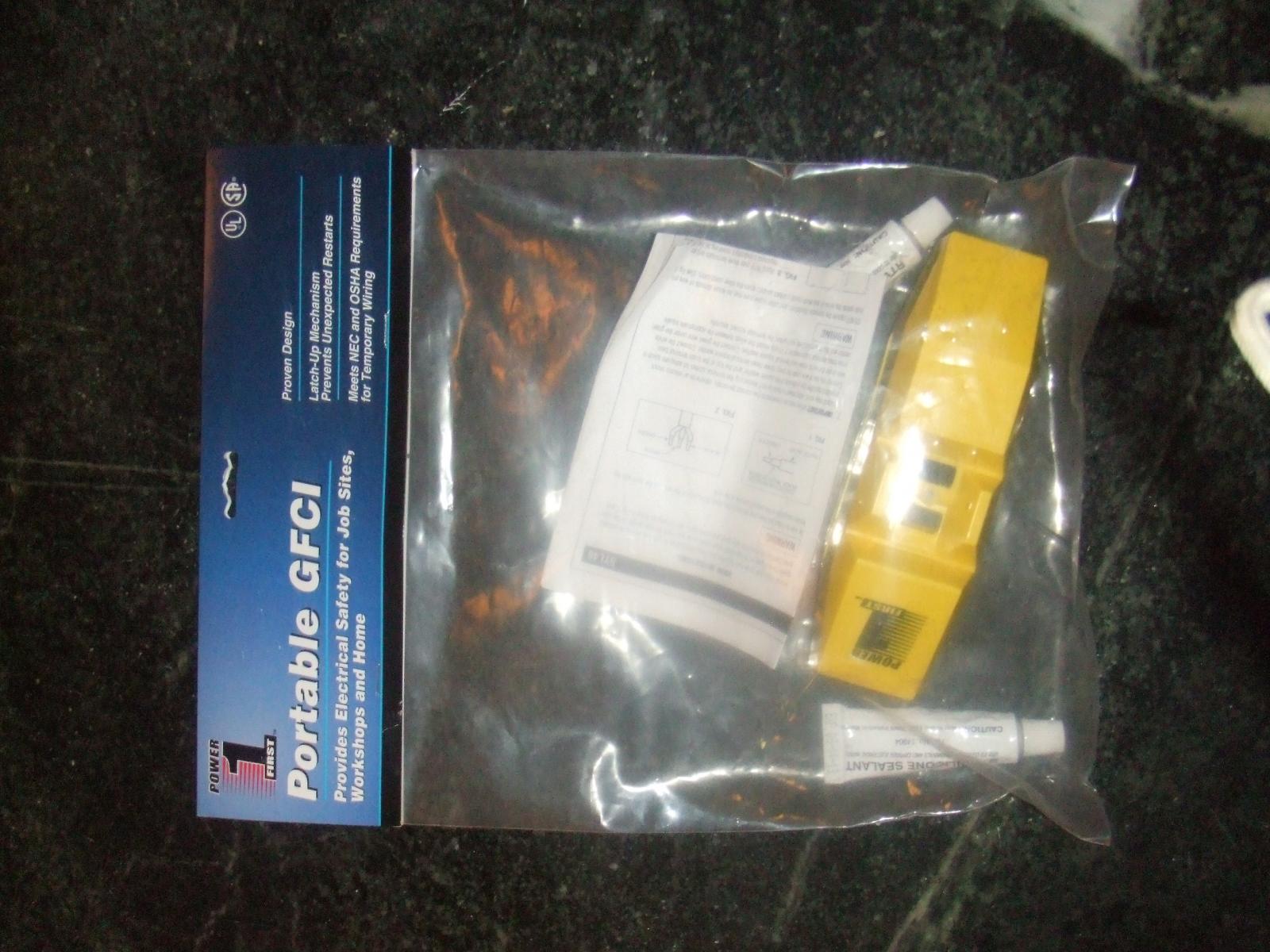andrewprime1
Active Member
- Joined
- Jul 28, 2014
- Messages
- 30
- Reaction score
- 5
I want to convert to a single element, single vessel system but I think I may be limited right off the bat by what I have coming out of the wall.
My house is old, and has a 240 outlet with only three wires, H-H-G (pictured below)

The solutions I have seen on here involving a spa panel seem to all require you to start with a neutral wire, not a ground... I have, after lots of searching, been unable to find someone in the same boat as I am.
The distance between my panel and the outlet means that running a new 10/4 line would be pretty expensive. What are my options? Is there any safety concern simply fishing a single 10g sheathed wire through the conduit along side the 10/3 to make a 10/4? Then I could install a new outlet and use my inline GFCI safely, right?
My house is old, and has a 240 outlet with only three wires, H-H-G (pictured below)

The solutions I have seen on here involving a spa panel seem to all require you to start with a neutral wire, not a ground... I have, after lots of searching, been unable to find someone in the same boat as I am.
The distance between my panel and the outlet means that running a new 10/4 line would be pretty expensive. What are my options? Is there any safety concern simply fishing a single 10g sheathed wire through the conduit along side the 10/3 to make a 10/4? Then I could install a new outlet and use my inline GFCI safely, right?
































![Craft A Brew - Safale S-04 Dry Yeast - Fermentis - English Ale Dry Yeast - For English and American Ales and Hard Apple Ciders - Ingredients for Home Brewing - Beer Making Supplies - [1 Pack]](https://m.media-amazon.com/images/I/41fVGNh6JfL._SL500_.jpg)


























